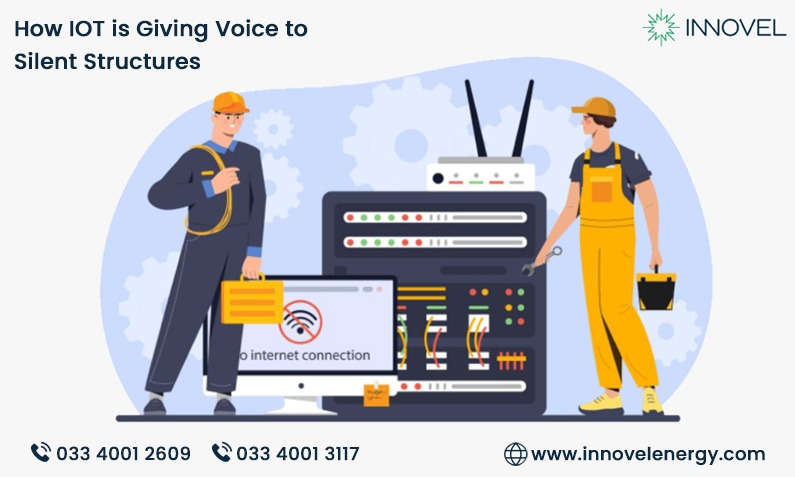The Internet of Things (IoT) is revolutionizing the way we interact with our built environment. Traditionally, buildings and structures have been silent entities, requiring manual inspections and interventions to ensure their functionality and safety. However, with the advent of IoT, these structures are now able to communicate their needs, conditions, and performance in real-time, leading to enhanced efficiency, safety, and sustainability.
The Role of IoT in Buildings
IoT enables the integration of sensors, devices, and systems within buildings, allowing for continuous monitoring and data collection. This network of interconnected devices can provide valuable insights into various aspects of building management, including:
1. Energy Management:
- IoT sensors can track energy consumption patterns, identify inefficiencies, and automate energy-saving measures. This results in reduced energy costs and lower carbon footprints.
2. Predictive Maintenance:
- By continuously monitoring the health and performance of equipment, IoT can predict failures before they occur, enabling timely maintenance and minimizing downtime
3. Safety and Security:
- IoT devices such as smart cameras, motion detectors, and access controls can enhance building security. They can also monitor environmental factors like air quality and fire hazards, ensuring a safer environment for occupants.
4. Occupant Comfort:
- IoT systems can adjust lighting, temperature, and ventilation based on occupancy and preferences, creating a more comfortable and productive environment.
Transforming Facilities Management
The integration of IoT into facilities management is transforming the way buildings are operated and maintained. With real-time data and advanced analytics, facilities managers can make informed decisions, optimize resource use, and improve overall operational efficiency.
1. Smart Lighting:
- IoT-enabled lighting systems can adjust brightness based on natural light levels and occupancy, reducing energy consumption and enhancing comfort.
2. HVAC Optimization:
- Smart HVAC systems can regulate temperature and airflow based on occupancy patterns, improving energy efficiency and indoor air quality.
3. Asset Tracking:
- IoT can track the location and status of assets within a facility, improving inventory management and reducing loss or theft.
Conclusion
IoT is giving voice to silent structures, transforming them into intelligent, communicative entities that enhance efficiency, safety, and sustainability. Innovel Energy Services is committed to helping companies leverage IoT technology to achieve these benefits. Let us help you turn your buildings into smart, responsive spaces that support your business goals and improve the quality of life for occupants. Contact us today to learn more about how we can help.

